“The discovery of this drawing is a really lovely story,” Italy's Culture Minister Dario Franceschini said Friday as he unveiled the exhibition in the capital, which runs from Saturday until May 7.
Restorers painstakingly working last year on the “Sacrifice of Isaac”, a biblical drawing executed in black pencil by the Florentine artist in 1530, found a hidden sketch for the same scene on the back.
“Between the end of the 19th century and the beginning of the 20th, (works of art done on) old sheets of paper were protected by sticking a piece of cardboard on the back,” said Pina Ragionieri, head of the Casa Buonarroti foundation.
It was when restorers removed the cardboard that they discovered the secret sketch by the Italian sculptor, painter and architect who was famed perhaps above all for his frescoes on the ceiling of the Sistine Chapel in the Vatican.
Ragionieri said the artist had made an initial sketch on one side of the sheet, before tracing it on the other with a light red crayon and developing the drawing to include an angel reaching down from heaven to stay Abraham's hand as he prepares to sacrifice his son.
The discovery followed a similar case in 1988 when restorers found a sketch on the back of the 1535 “Cleopatra”, one of the artist's most beloved drawings, which Michelangelo made for his lover Tommaso dei Cavalieri.
While the Egyptian ruler celebrated for her beauty and love affairs with Julius Caesar and Mark Antony looks regal in the 1535 drawing, the version in the sketch on the back is somewhat grotesque and some experts believe it was Cavalieri that drew it.
In 1562, the Roman nobleman was constrained to donate the drawing to Duke Cosimo de' Medici, saying in the accompanying letter that losing it pained him as much as losing a child.
SEE ALSO: IN PICS: Michelangelo sculpture comes home to Florence after massive restoration project

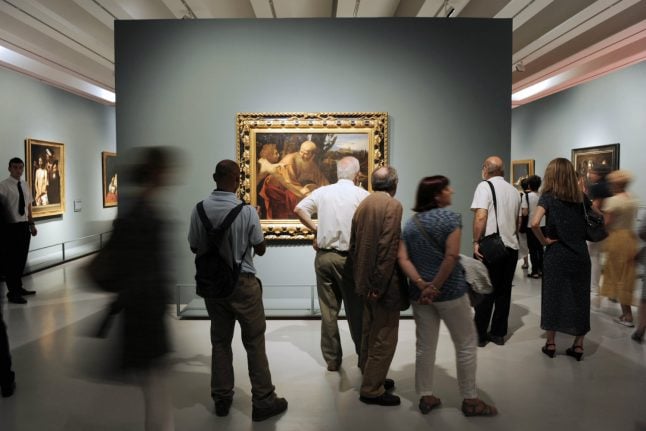

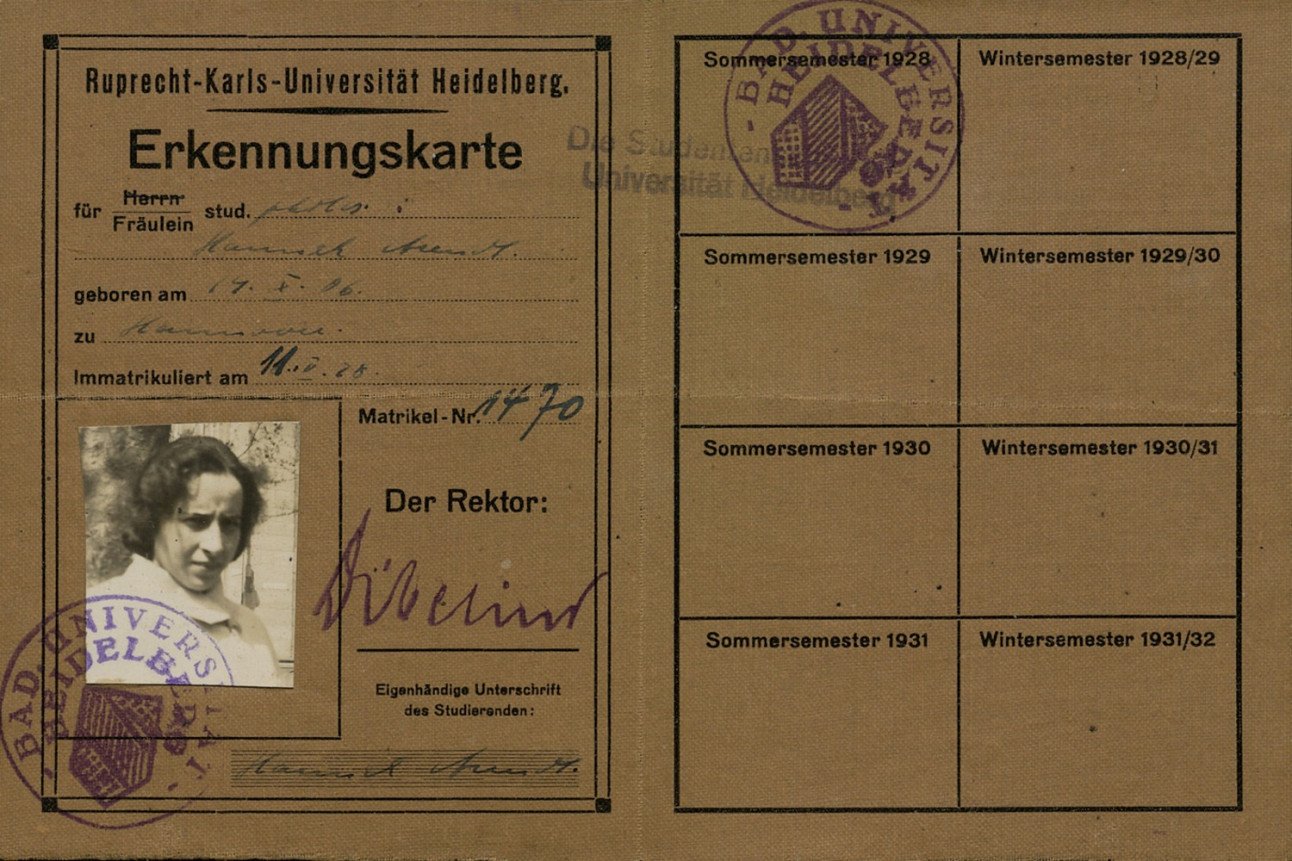
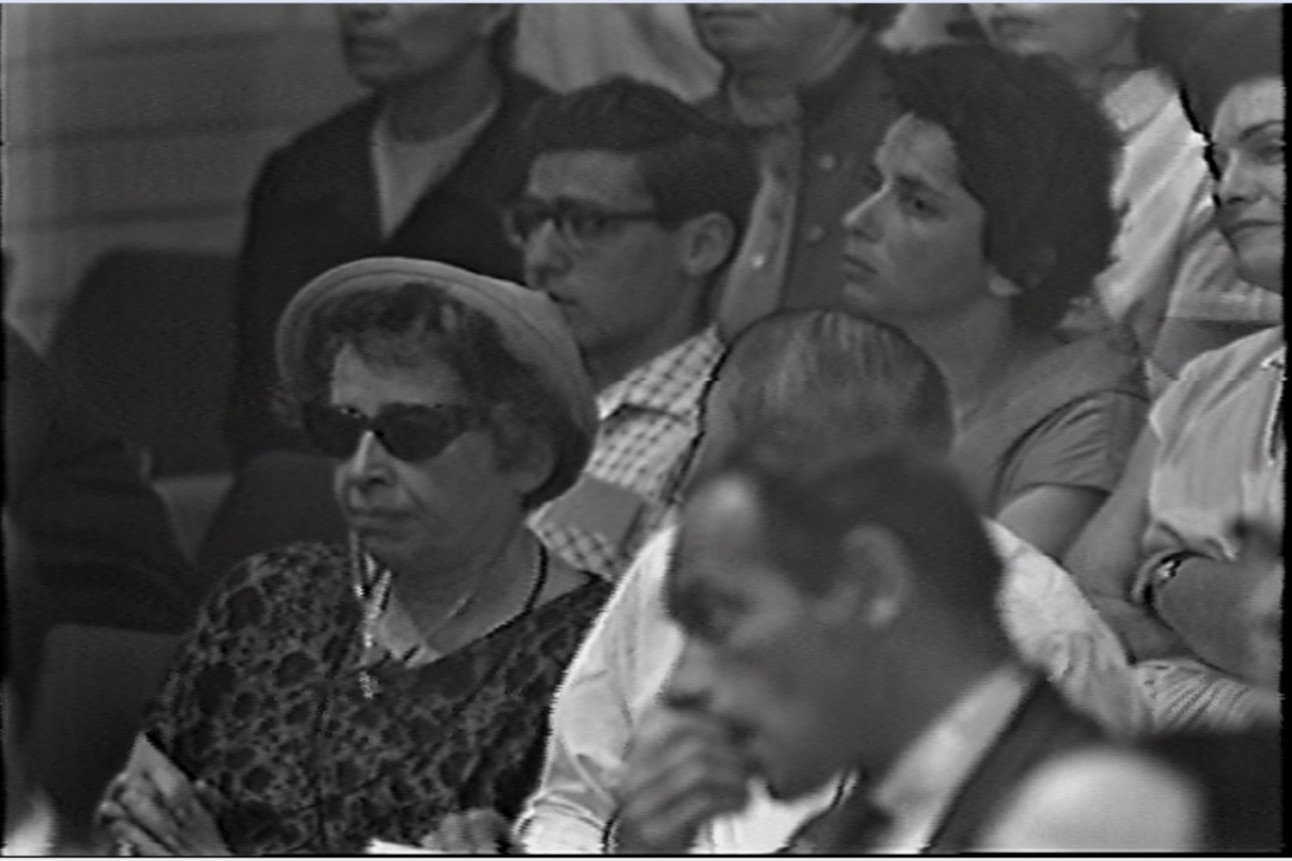
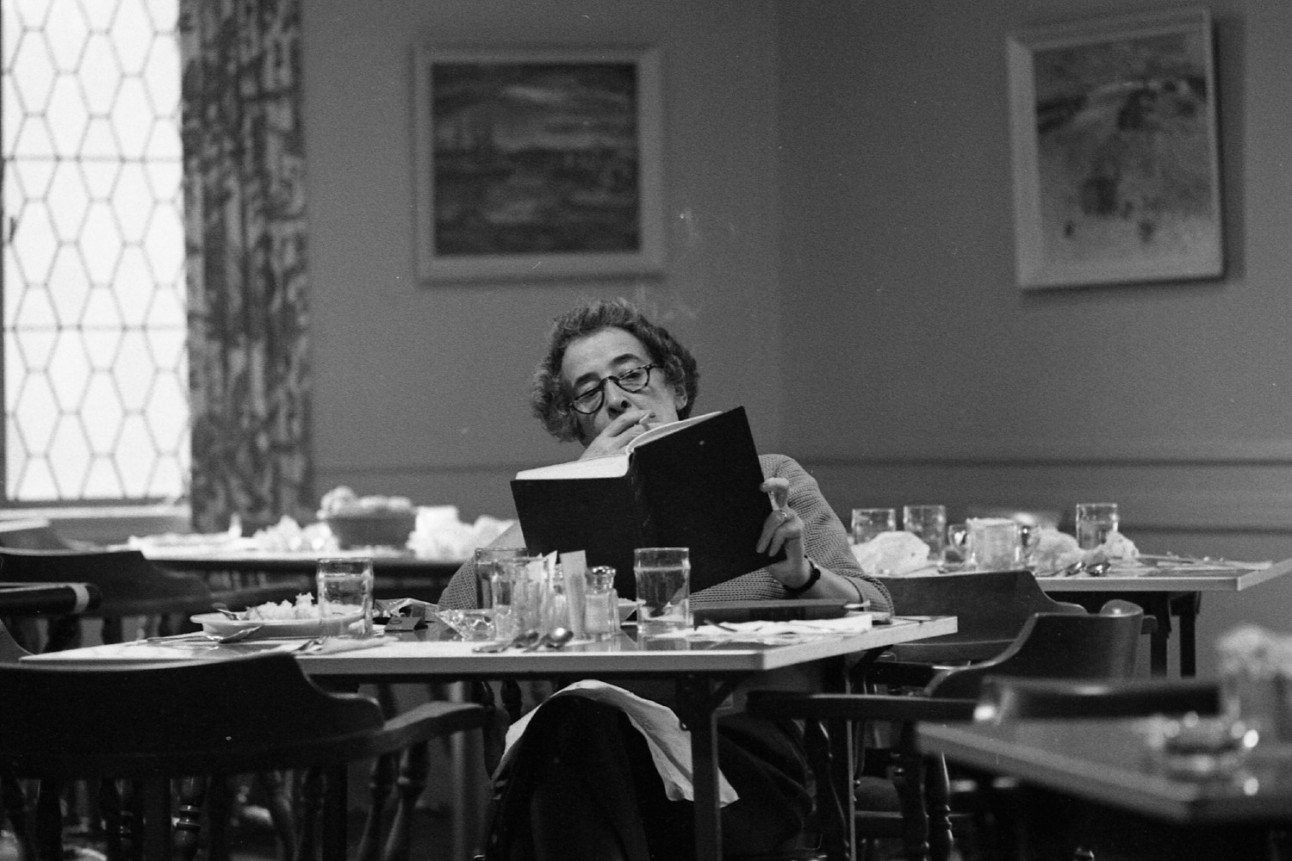
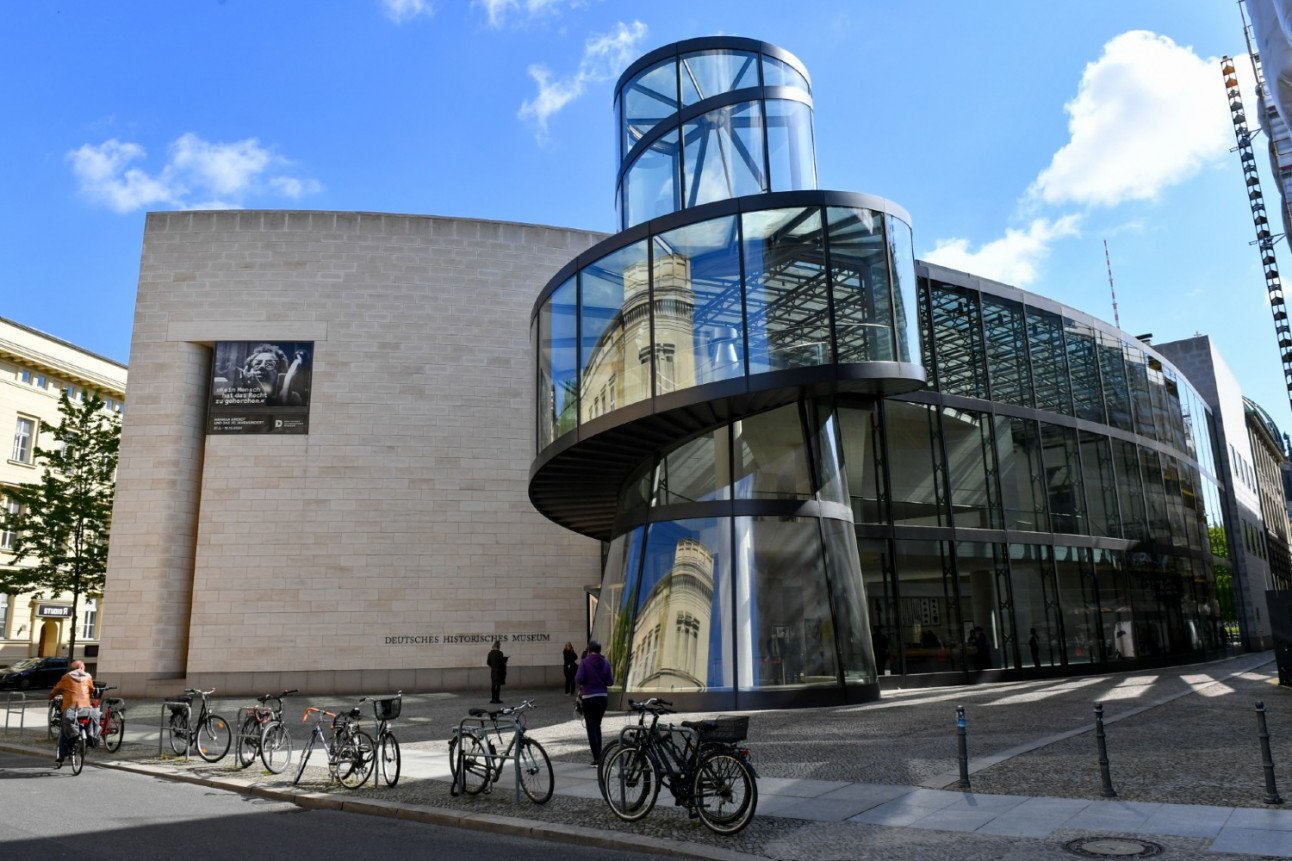
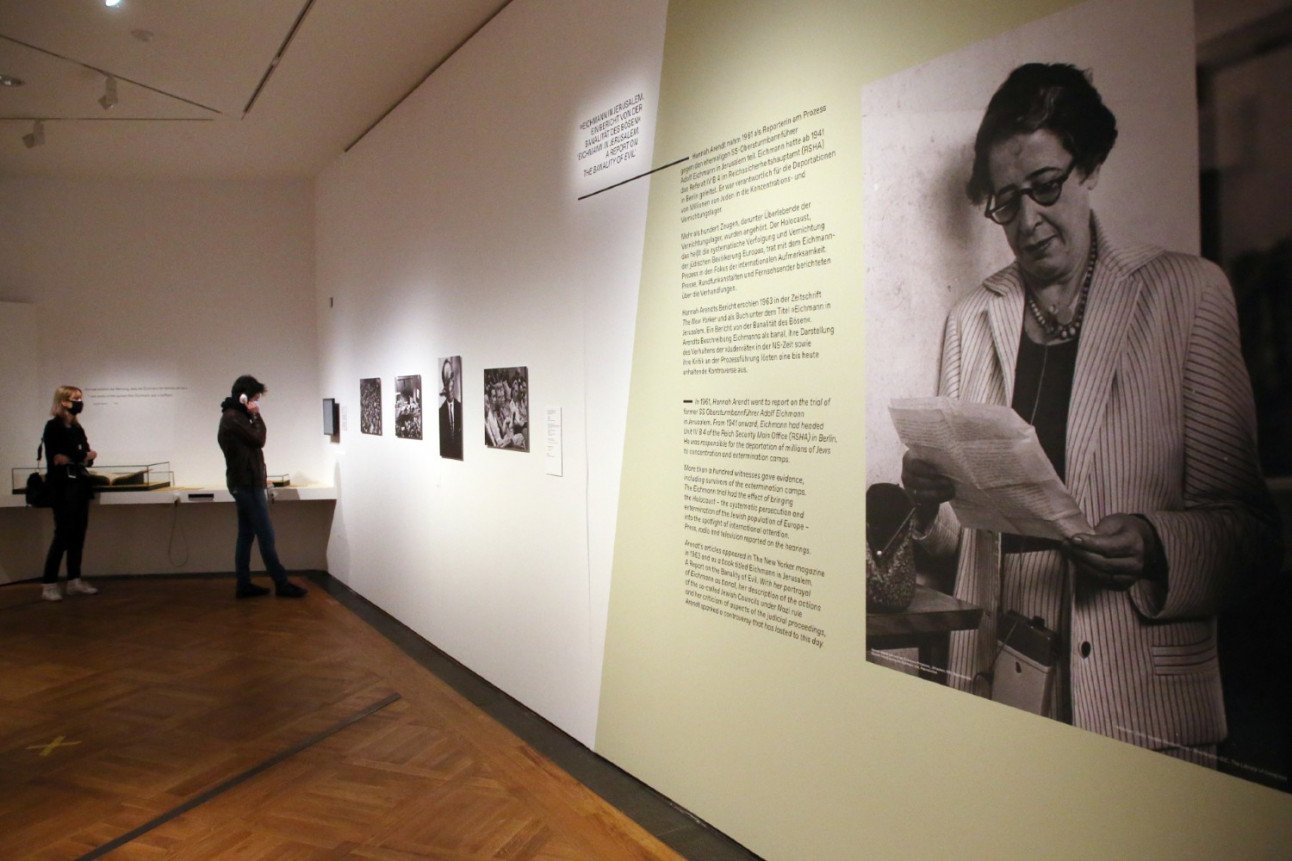
 Please whitelist us to continue reading.
Please whitelist us to continue reading.